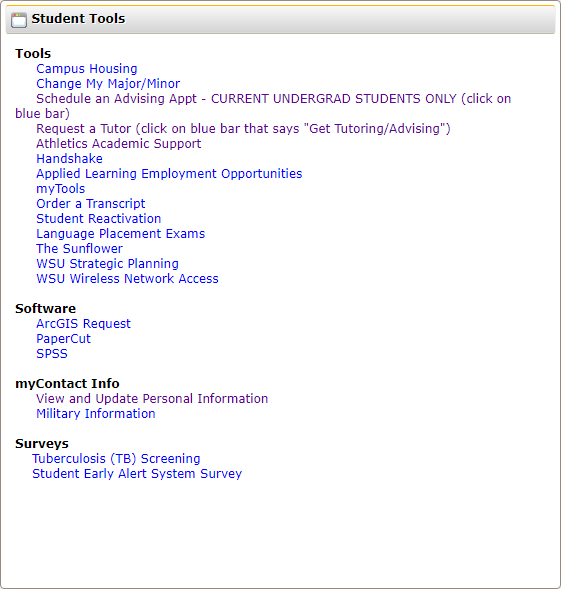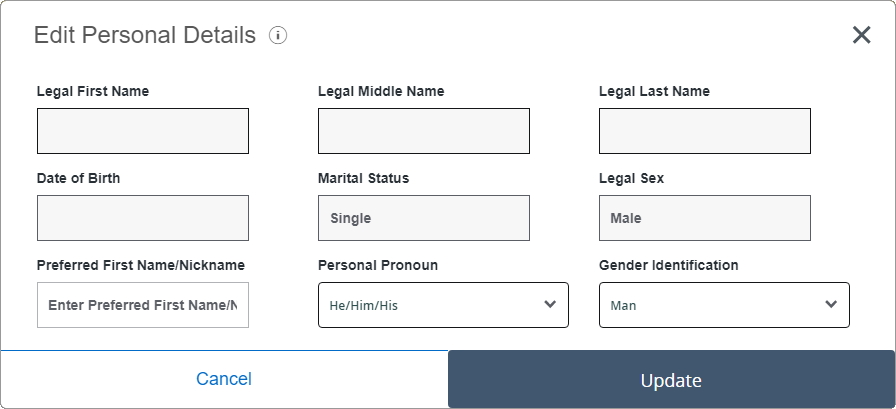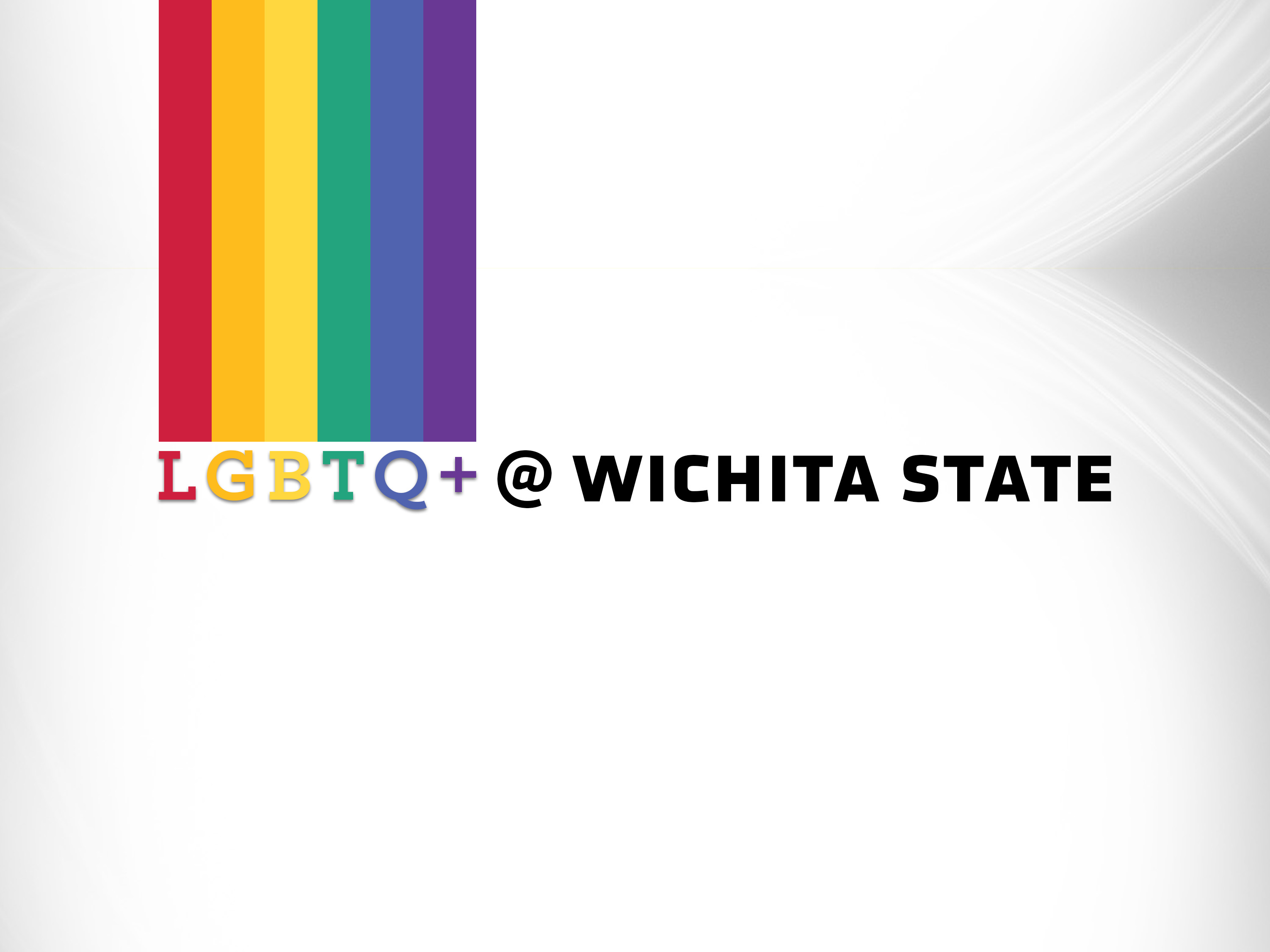Pronouns Primer
Gender is often presented as a binary — a choice between he and she, male and female. In reality, gender is a complicated, nuanced process of identity that is filled with diversity! One aspect of gender identity, which tends to get ridden with assumptions, are pronouns. Pronouns are words we used in sentences to replace a previously referenced noun (a person, place or thing). For instance, someone could say "That tree looks nice. It has pretty flowers." In this case, "it" is the pronoun that replaces the noun "tree."
What are personal pronouns?
Personal pronouns are the ones we use to refer to a specific person or people. Below are some examples of personal pronouns, each with a direct, indirect and possessive form of the pronoun:
- He/Him/His - The pronoun set generally used by individuals who identify as male.
- She/Her/Hers - The pronoun set generally used by individuals who identify as female.
- They/Them/Theirs - Traditionally, this pronoun set is used to refer to a group of people, but, despite common misconceptions, can also be used to refer to a single person in a non-binary or gender-neutral fashion.
- Ze/Zir/Zirs - A gender-neutral pronoun set that was invented more recently and is popularly used by non-binary and gender non-conforming people.
- Other pronouns like He/They and She/They can also be seen as well.
These are samples of personal pronouns, as there are many more in use today! Importantly, an individual's personal pronouns are determined by the person themselves. Thus, we can never assume someone's personal pronouns based on appearances. Additionally, "it" should not be used to refer a person, as it refers to an object or thing and therefore can be dehumanizing when using to refer a human being.
How do pronouns affect me?
Wichita State University is committed to being an inclusive campus that reflects and promotes - in all community members - the evolving diversity of society. The university has made improvements within myWSU portal to allow students, faculty and staff to update personal pronouns and gender identity via Banner Self-Service. When updated, specific systems such as Blackboard, Maxient, and/or NAVIGATE will reflect this information. Wichita State University continues to update and monitor our systems to support and affirm an individual's gender identity and/or expression.
Why are pronouns important?
As the above examples illustrate, personal pronouns are very connected to gender and go beyond the binary of he/she. Therefore, they are relevant to members of the transgender, non-binary and gender non-conforming communities and anyone who aspires to be an ally to these communities. Too often, people default to using binary he or she pronouns to refer to another person based on appearances, a practice which can result in misgendering that person. Being misgendered can be a deeply hurtful and uncomfortable experience, as it invalidates an individual's personal gender identity and expression. This is especially true for members of the transgender, non-binary, and gender non-conforming communities, who often face invalidation of and oppression for their gender identities and expressions from society at large. This is why it is so important to develop inclusive pronoun usage.
How do I add, update or remove my pronouns?
All students and employees are able to voluntarily add, update or remove their pronouns in myWSU portal via Banner Self-Service.
- Log in to myWSU Portal.
- Under the Home menu, navigate to the middle section and find a toolbox titled Student Tools.

- Within this toolbox, locate myContact Info and click View and Update Personal Information.
- In the first section, Personal Details, click the Edit button on the top right corner.

- You will now be able to edit your preferred first name/nickname, personal pronoun
and gender identification. As a reminder, a request to change your legal name, legal
sex or date of birth in the University Administrative System (UAS) must be made in
person at the Registrar.

- Upon adding or removing your information, click Update and your details are now reflected in Banner Self-Service.
How can I be more inclusive using pronouns?
Luckily, there are several ways we can all be more inclusive in the way we use pronouns in everyday life:
- Ask about pronouns: As stated above, we cannot determine someone's personal pronouns based off of appearance. Therefore, when meeting someone new, you can ask "What pronouns do you use?" or "What are your pronouns." This may seem uncomfortable or awkward at first, but it becomes more natural as we practice and this discomfort is far less than the result of misgendering someone.
- Introduce yourself with pronouns: Alternatively, cisgender allies can volunteer their pronouns first when introducing themselves, rather than asking them of the other person. If you are in a group setting, have everyone introduce themselves with their personal pronouns in addition to their names. Even something as siple as listing your pronouns in your signature can go a long way!
- Learn and practice new pronouns: As many non-binary or gender-neutral pronouns can be new for individuals, it is a good idea to practice using them.
- Normalize 'they' and other gender-neutral pronouns: If you have not had the chance to ask someone about their pronouns or not comfortable doing so, use they/them/theirs as your default pronouns for anyone whose pronouns you are unsure of.


